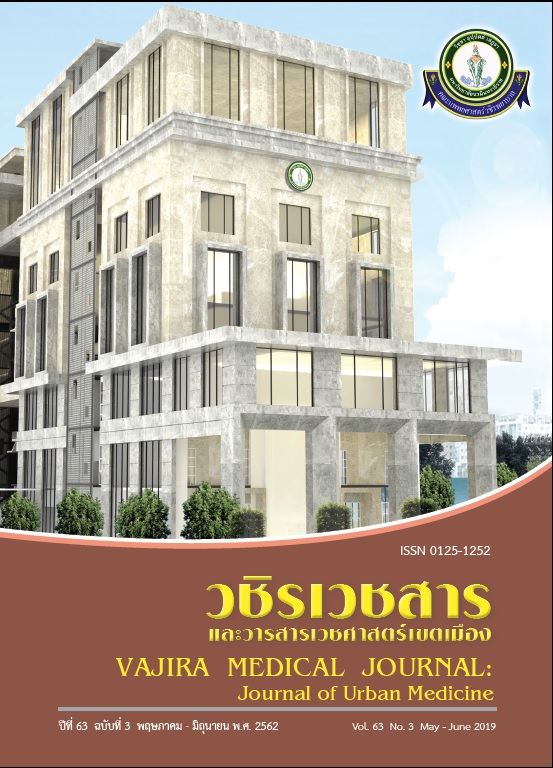Music and movement activity for early childhood
Main Article Content
Abstract
The article is about music and movement activities for early childhood and to promote skills in movements in practice suitable for development of early children. This article aims to manage experiences of early childhood music teaching and movement activities. Child caretakers will not conduct academic models and rule-based activities but the learning activities challenging for children when they listen to different sounds. These will promote listening skills, distinguishing different kinds of sounds such as ones with slow and fast rhythms associated with tempos of music. The activities also include various participants, allowing children to learn properly according to their levels of development based on rhythm games, music and fast-slow tempo movements. Moreover, allowing children to create their own movements will lead them to cognitive and creative development and confidence in expression and acting. Thus, movements according to music is the activity in which children will perform and is full of models of basic movements, entertaining children and encouraging learning from lyrics. These movement activities will not only use percussions but also use lyrics and instrumental music, emphasizing on tempos that complement movements, such as songs related to animals and popular songs. However, selected songs should be the ones with definite tempos, encouraging children to react to songs with their own movements from their creativity. The benefit these activities will bring is the enjoyment of music, adaptable to singing and linking senses and body movements. For example, children will use ears to listen. This includes movements of big and small muscles such as arms, legs and fingers, resulting in creative thoughts in inventing musical instruments with some textures. This invention will also develop concentration during musical play. Simultaneously, children will rely heavily on their focus, starting from short and easy music.
Creation of musical instruments leading to all movement activities is related to suitable development of bodies for early children. They are also follows: organ muscles forces, body balance, muscle controls, head balance, sitting, standing, crawling, walking, grapping, playing and interactions with items. Ultimately, these activities will encourage early children to receive promotions of movement skills in practice in relation to integrating body, mood, social and cognitive skills, using natural materials suitable for development of early children.
Downloads
Article Details
References
2. Dechakup Y. Music and Rhythmic Activities for Early Childhood. Bangkok : Mac Press. 2000.
3. Ministry of Education. Manual of Early Childhood Curriculum Year B.E. Year 2003. Bureau of Academic Affairs and Educational Standards, Office of the Basic Education Commission, Ministry of Education. 20002
4. Annareno A, A. Fundamental Movement and Sport Skill Development for the Elementary and Middle School .Ohio :Charles E. Merrill .1973.
5. Sapora, A.V. and E.D. Mitehell. The Theory of Play and Recreation. 3 rd., New york: The Ronald Press. 1961.


